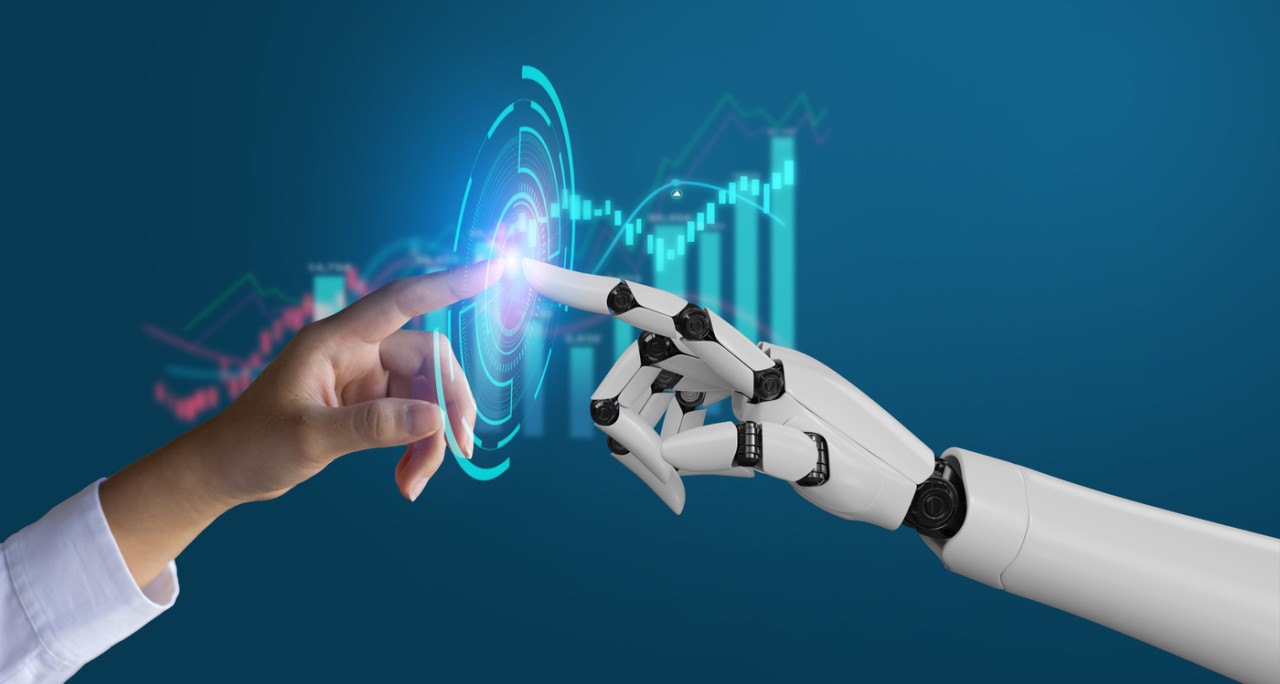Harnessing the Power of Artificial Intelligence Integration
In today’s fast-paced digital landscape, businesses are increasingly turning to artificial intelligence (AI) to streamline operations, enhance productivity, and drive innovation. From customer service chatbots to predictive analytics, AI integration offers a myriad of opportunities to optimize processes, personalize experiences, and gain a competitive edge. In this comprehensive guide, we explore the transformative potential of AI integration and how businesses can harness its power to propel growth and success.
Understanding Artificial Intelligence Integration
Defining AI Integration
AI integration refers to the process of incorporating artificial intelligence technologies into existing systems, workflows, and processes to automate tasks, analyze data, and generate insights. By seamlessly integrating AI capabilities into various aspects of business operations, organizations can unlock new efficiencies and capabilities while driving value and innovation.
The Role of AI in Business
AI technologies, such as machine learning, natural language processing, and computer vision, have revolutionized how businesses operate, enabling automation, optimization, and intelligence across diverse functions and industries. From improving decision-making to enhancing customer experiences, AI plays a pivotal role in driving digital transformation and shaping the future of business.
Key Benefits of AI Integration
Enhanced Efficiency and Productivity
By automating repetitive tasks and processes, AI integration frees up valuable time and resources, allowing employees to focus on higher-value activities that drive innovation and growth. From data entry and analysis to customer support and lead generation, AI-powered tools and solutions streamline operations and boost productivity across the organization.
Data-Driven Insights and Decision-Making
AI technologies excel at analyzing vast amounts of data quickly and accurately, uncovering patterns, trends, and insights that human analysts may overlook. By harnessing the power of AI-driven analytics and predictive modeling, businesses can make data-informed decisions, anticipate market trends, and identify opportunities for optimization and growth.
Personalized Customer Experiences
AI integration enables businesses to deliver personalized and tailored experiences to customers at scale. By leveraging AI-powered recommendation engines, chatbots, and virtual assistants, organizations can engage customers in meaningful interactions, anticipate their needs, and deliver relevant content and offers that drive engagement and loyalty.
Implementing AI Integration Strategies
Assessing Business Needs and Objectives
Before embarking on AI integration initiatives, businesses must first identify their specific needs, challenges, and objectives. Conduct a thorough assessment of existing processes, workflows, and systems to pinpoint areas where AI can add the most value and address critical pain points.
Investing in AI Talent and Expertise
Building and maintaining AI capabilities requires a skilled workforce with expertise in data science, machine learning, and software development. Invest in recruiting or upskilling talent with the necessary technical skills and domain knowledge to drive AI integration initiatives effectively.
Leveraging AI-Powered Tools and Platforms
Take advantage of AI-powered tools, platforms, and solutions offered by third-party vendors or develop custom solutions tailored to your organization’s unique needs and requirements. Whether it’s deploying chatbots for customer support, implementing predictive analytics for demand forecasting, or optimizing supply chain management, leverage AI technologies to drive tangible business outcomes.
Conclusion
Artificial intelligence integration holds tremendous potential for businesses seeking to optimize operations, enhance decision-making, and deliver exceptional customer experiences. By embracing AI technologies, organizations can unlock new efficiencies, drive innovation, and gain a competitive edge in today’s digital economy.







